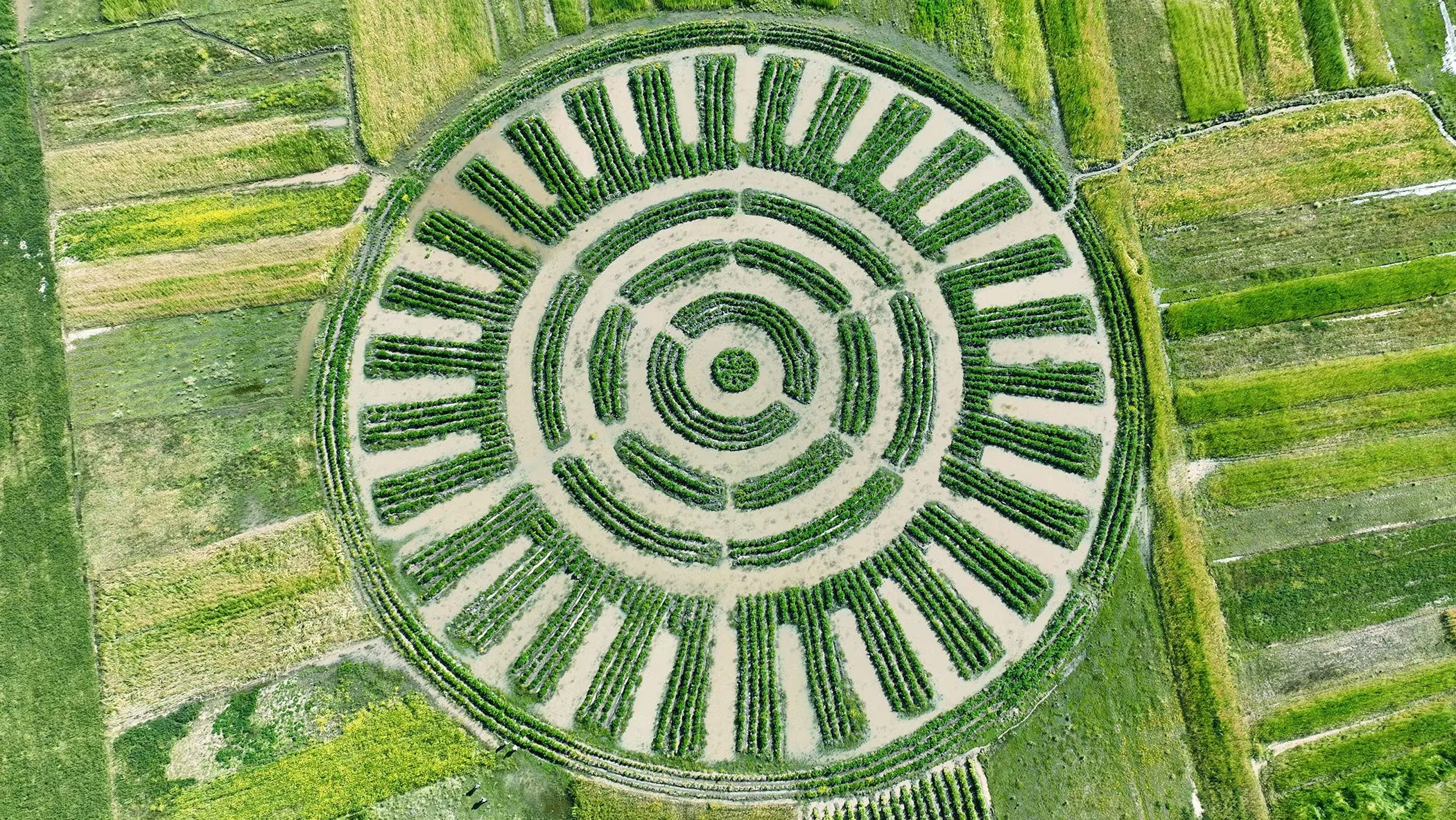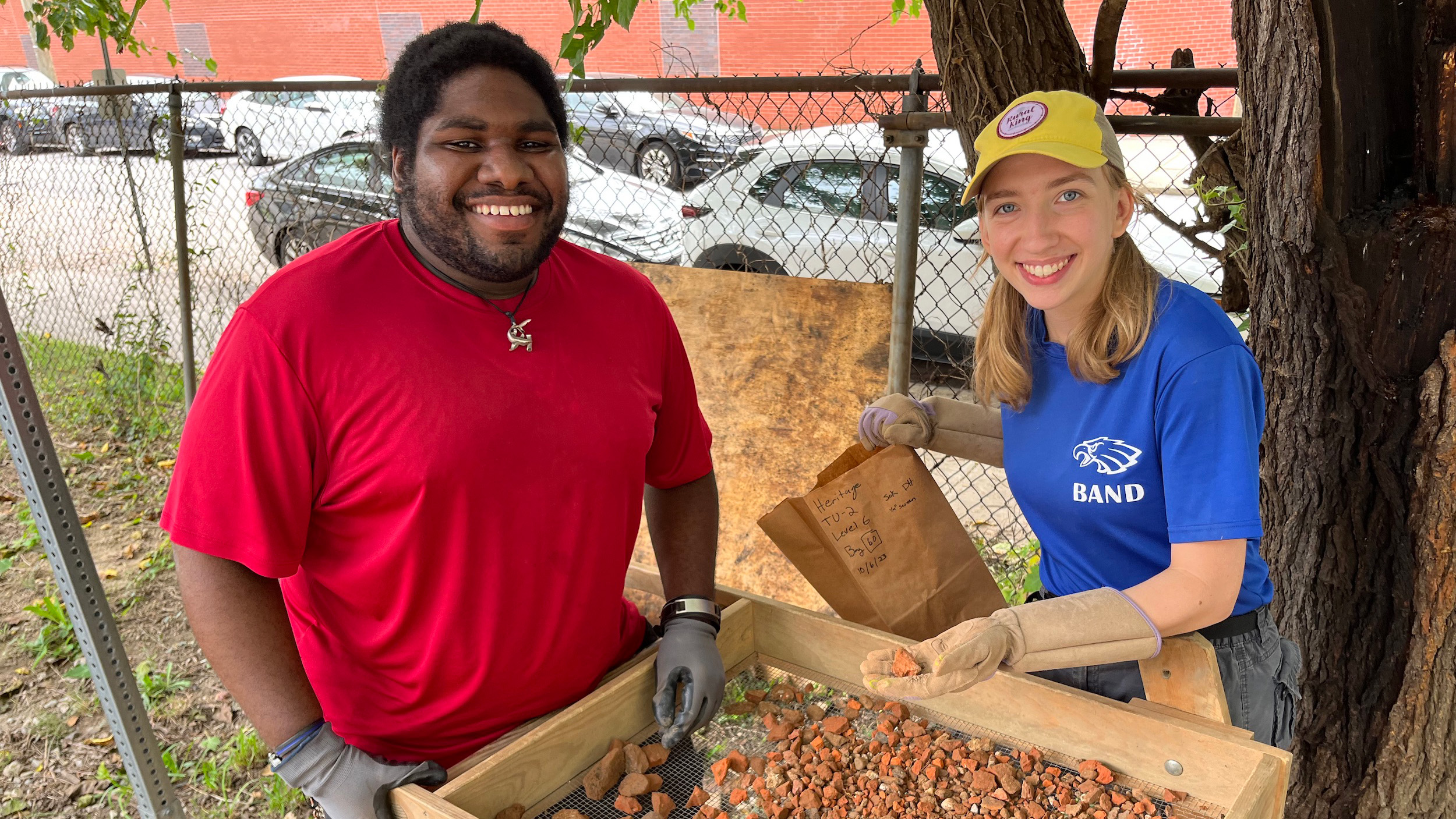When people think of archaeology they tend to think of faraway places and the distant past, and that is where much of the Penn Museum’s research has traditionally concentrated. We started Heritage West in 2019 with a different goal: to highlight local archaeological resources and to investigate research questions of interest to people in our own neighborhood.
We began Heritage West by speaking with community organizations like Black Bottom Tribe Association and HopePHL (then People’s Emergency Center) in West Philly. Based on those conversations, we decided to center the project on the Black Bottom, a once-thriving Black community in the area now called University City. The Black Bottom was destroyed in the 1960s under the concept of “urban renewal.”

Community input and participation has been part of the project since its outset. We built a collaborative timeline that we set up at public events, allowing people to write down what they knew and remembered about the neighborhood’s history.
We talked to community members at public events like PARK(ing) Day, the Fire and Ice Kwanzaa Celebration at the Community Education Center (CEC), and a public workshop series focused on topics like genealogy (in collaboration with the African American Genealogy Group) and archiving family histories (in collaboration with the Penn Libraries). These conversations helped us imagine what archaeology could add to what is already known about the Black Bottom.
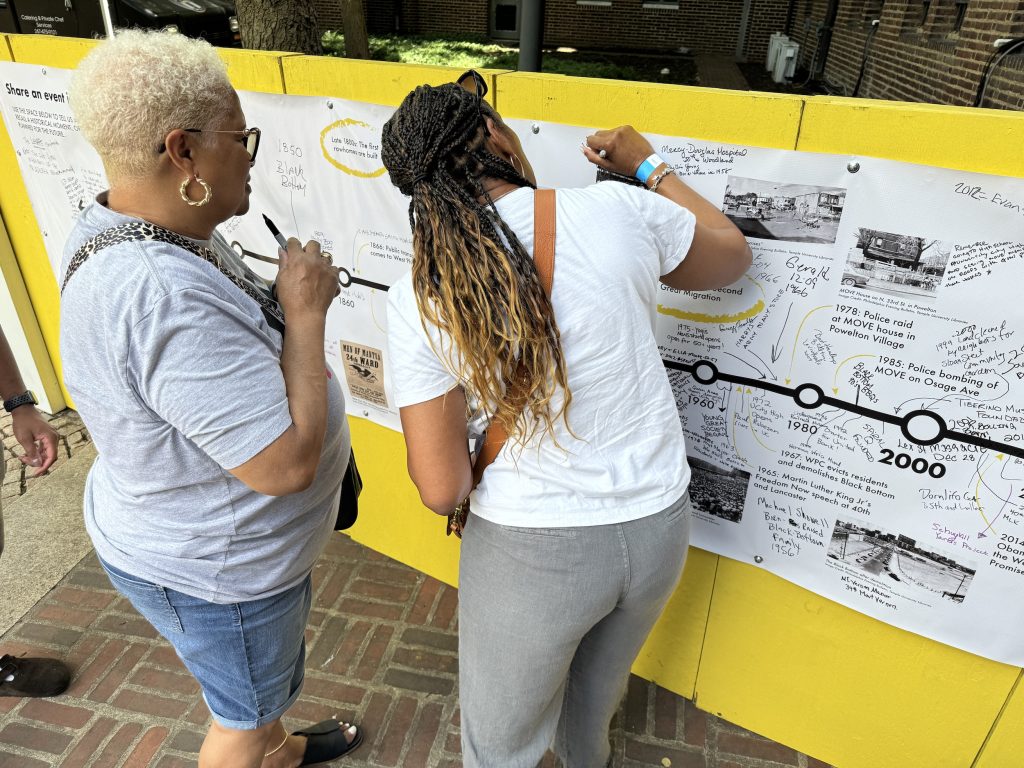
Those who remember the neighborhood as it was in the 1950s and 60s recall a tight-knit community of people who relied on and took care of one another. We heard from elders about the annual Christmas light displays on Lancaster Ave., about which convenience stores made the best hangouts, and about where former banks, delis, and seafood restaurants were once located.
Mostly we heard that the neighborhood was far from blighted, despite the fact that it had been deemed so in order to justify its destruction. We believed that, in combination with oral histories and existing archives, an archaeology project could push the historical narrative of the neighborhood further back in time than living memory and add material weight to the stories of the people who lived here by uncovering artifacts that may inspire further memories.
In 2023, we started the excavation portion of the project. Having formed a relationship with the Community Education Center (CEC) at 35th St. and Lancaster Ave., we came to realize that its gravel parking lot was likely one of the only locations in University City not covered in concrete or topped with a new high-rise building. A little archival research showed that the back lot once held seven homes—three brick rowhomes facing Warren Street built in the late 1870s, and two wooden twin structures facing what was then 35th St. that were built in the 1850s, before West Philadelphia was part of the City of Philadelphia.
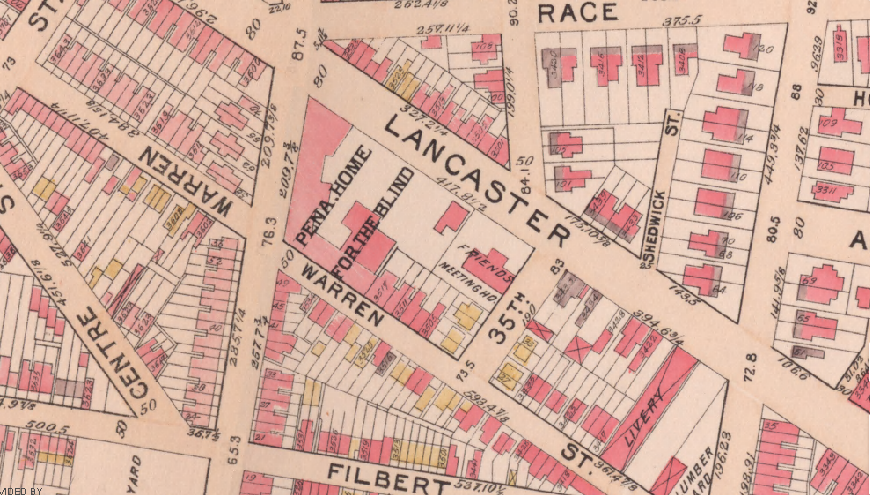
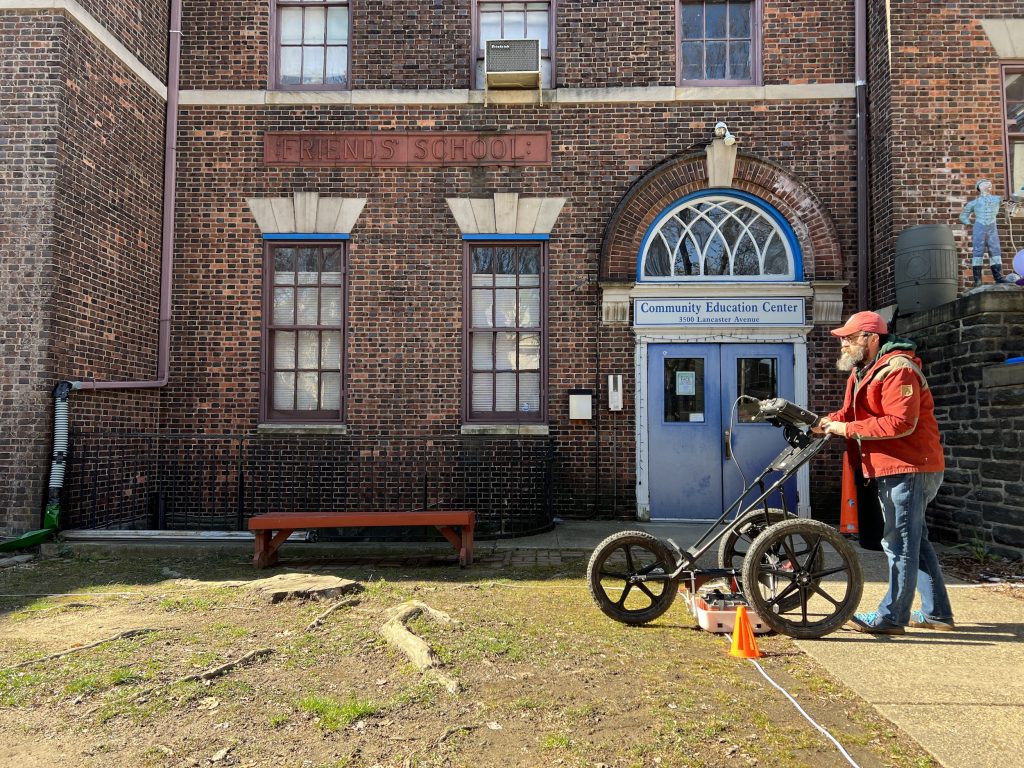
With generous permission from Ms. Terri Shockley, the Executive Director of the CEC, we began our archaeological research with a geophysical survey to confirm our belief that the remains of these structures still existed underground. You can read about the results of these investigations on the Heritage West blog.
Excavations at the CEC began in the fall with nine undergraduates, who were part of a Penn course called “Digging in the City of Brotherly Love,” and a growing group of community members. A key tenet of Heritage West is democratizing access to archaeological training—both for community members and for students. Archaeological training tends to only be accessible at universities, and even then, excavation experience is exclusively available to those who can afford to take summers off to travel and participate in (often expensive) field schools. We wanted to offer community members and students a chance to learn excavation methods during the school year and in their own neighborhood.
From August through November of 2023, we excavated four units. Three were located in the CEC’s back parking lot; they considered one of the wooden homes that was destroyed in the 1930s, its outdoor privy (outhouse), and the rubble of the brick homes that were destroyed by bulldozers in the 1960s large-scale demolition of the Black Bottom. A fourth focused on the front yard of the CEC with the goal of better understanding the 175-year-old Quaker building and drawing in passersby on Lancaster Ave.
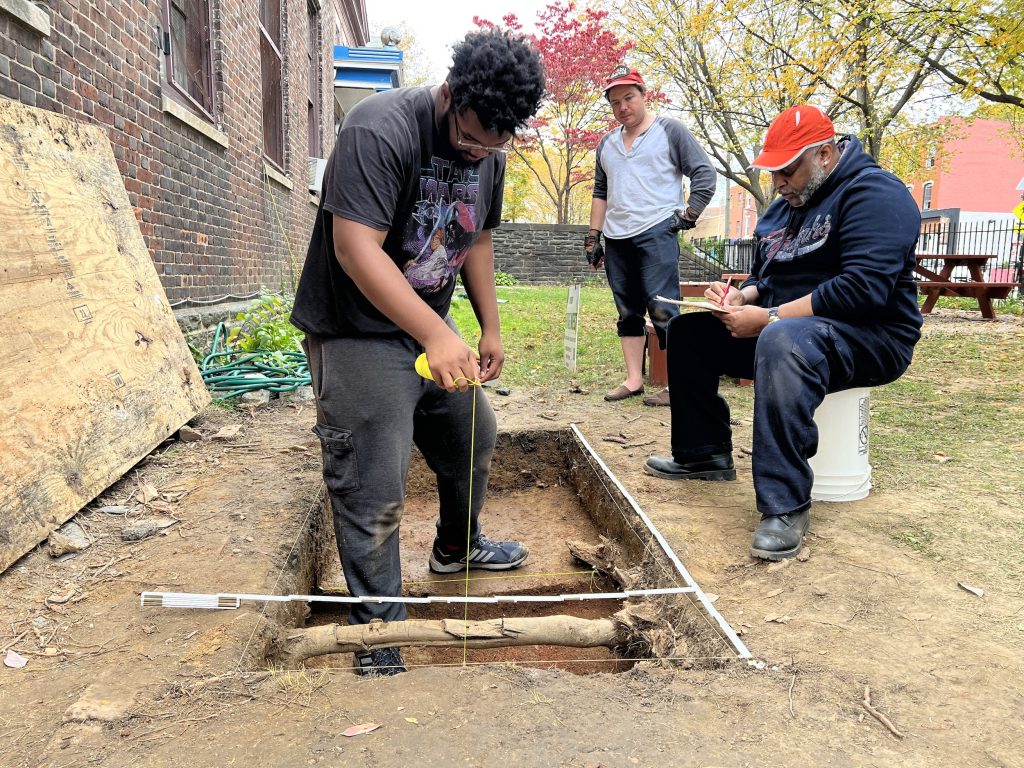
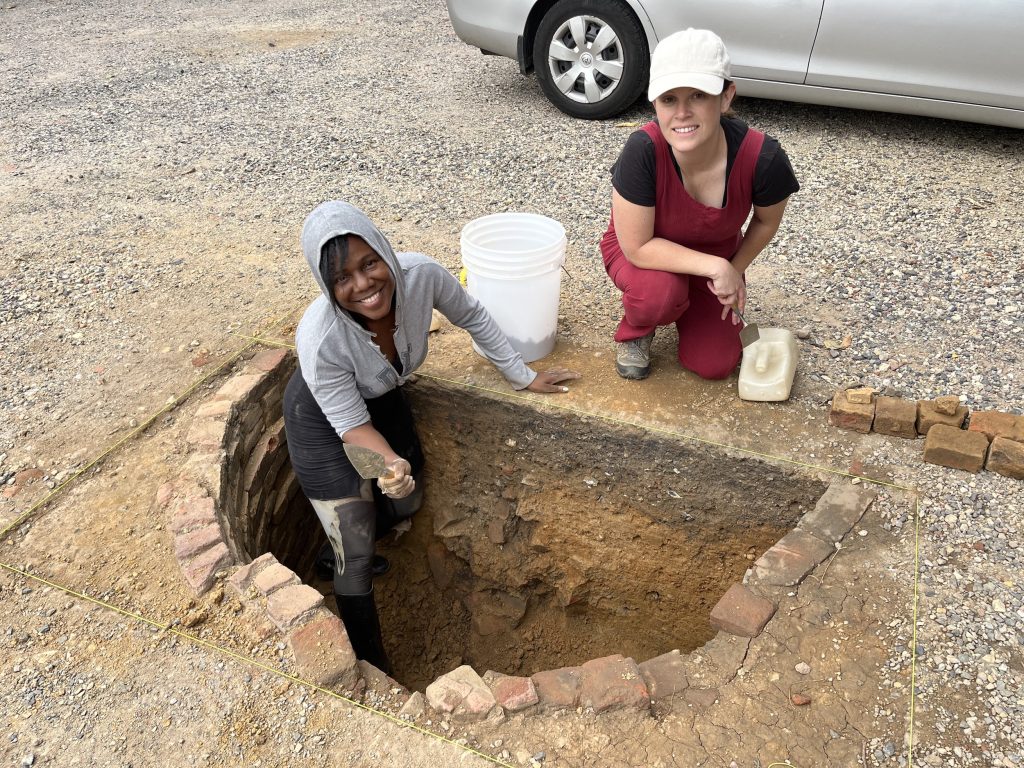
Over the course of the semester, the team of 22 community members, 16 students, and a small project staff excavated every Friday from 10:00 am to 5:00 pm and ran two Saturday events. We often had visitors dropping in, including former Black Bottom residents wanting to share stories, those living nearby who were curious about the project, and local school groups learning about archaeology.
We uncovered stone foundations, brick rubble, and a brick-lined privy. Within these spaces, we discovered thousands of interesting objects that tell us more about the people who lived in these seven homes, from the time of the destruction of the Black Bottom in the 1960s to the mid-1800s origins of the neighborhood. You can learn more about our findings from each excavation unit on our blog and see 3D models of each of the excavation units.
With the excavation units filled back in, we then welcomed community members and students to work with us in the lab. During Spring and Summer 2024, 30 community and student lab workers washed, sorted, and analyzed the 19,236 objects discovered. This incredible assemblage included pieces of personal adornment like a ring with a blue glass stone and a small bone button, evidence of how people made these structures their homes like painted plaster and decorative tiles, as well as everyday items like broken pottery and animal bones that tell us how and what people were cooking and eating. You can check out our blog to learn more about the lab work process and the types and quantities of materials we found.
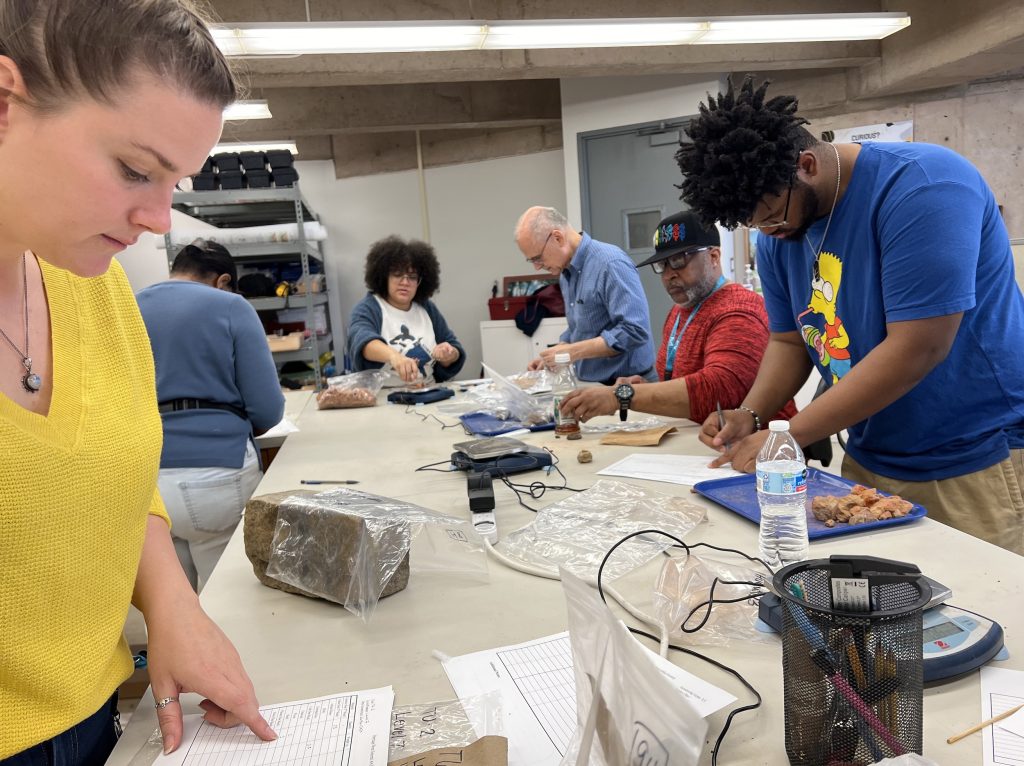
Analysis of the materials is ongoing, and it will be for a long time. While most people think of archaeology as excavation, the vast majority of our work happens after the excavation concludes. As we continue to work with the material, we will use the artifacts to spark memories, record more oral histories, and integrate what we learn into a fuller understanding of the Black Bottom’s history.
In partnership with a dedicated Community Advisory Board, we are exploring how best to preserve and share what we found. Our goal is to make the artifacts as accessible as possible, considering methods like digital archiving, publication, and exhibition.
Megan C. Kassabaum, Ph.D., is Weingarten Associate Curator of the American Section and Associate Professor of Anthropology. Sarah Linn, Ph.D., is Associate Director of Academic Engagement. Douglas Smit, Ph.D., is a Teaching Assistant Professor in Anthropology at the University of North Carolina at Chapel Hill.
For updates on the project, follow Heritage West on Instagram and Facebook.

We'd love to hear from you. Share your feedback about Penn Museum Voices Blog: info@pennmuseum.org
Explore More
